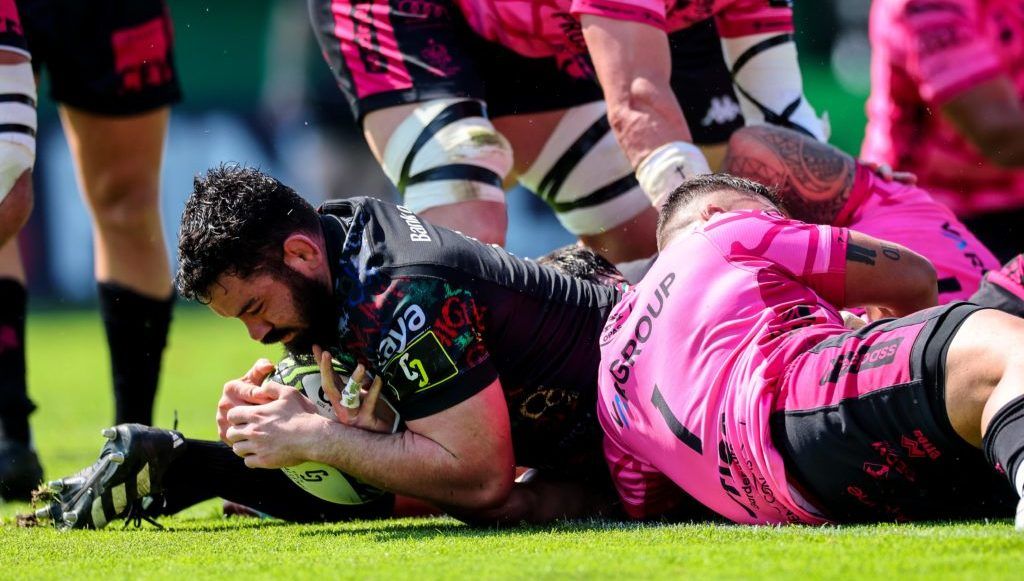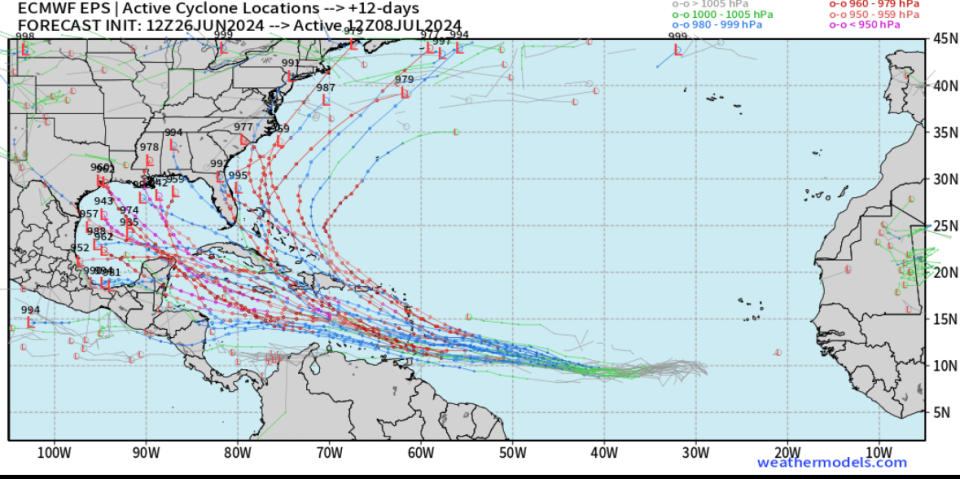The death toll in Gaza rose further on Sunday as the Israel Defense Forces continued to attack targets across the Strip, while people in the sealed-off coastal area have long run out of places to hide.
The IDF said fighter jets flew renewed attacks on “terrorists” near Gaza City in the north, with ground troops helping to eliminate them.
Troops discovered and destroyed explosive devices in a kindergarten, according to the report.
Suspected Palestinian fighters were also killed in the south of Gaza and further tunnel shafts were uncovered, according to the IDF.
In the city of Khan Younis, the Israeli army also reportedly stormed the headquarters of Hamas, the Palestinian extremist organization that took control of Gaza by force in 2007 and is listed as a terrorist organization by Israel, the EU and the US.
Hamas’ intelligence headquarters was also located there, an Israeli official said on Saturday evening.
IDF forces are currently intensifying their campaign to eliminate Hamas from Gaza. After initially focusing on the north including Gaza City, the aerial and ground operation is now zooming in on the centre and south of the coastal area.
In the past, the IDF had repeatedly told Gazans to flee to the south to escape the fighting, and hundreds of thousands are sheltering there.
In the north, Israel’s army says it is in the process of taking full control of the area. According to the Israeli army spokesman, the operation is currently focused on the last remaining Hamas stronghold in Gaza City, the Tufah district.
The latest Gaza war was triggered by Hamas and other groups’ brutal terrorist attacks against Israel when they rampaged through Israeli border towns on October 7, killing over 1,200 people.
Israeli bombardment of the Gaza Strip has now killed more than 21,800 people, according to the Hamas-controlled health authority in Gaza. The figures cannot be confirmed, but the UN and other observers point out that the authority’s figures have been credible in the past.
More than 56,450 people have been injured, it said in a statement on Sunday. Some 150 people were killed within 24 hours, the statement added, making no distinction between civilians and fighters.
Some 70% of those killed are said to be women and minors, though the figures could not be independently verified.
Of those injured, more than 5,300 seriously injured and sick people are urgently awaiting evacuation.
The United Nations Office for the Coordination of Humanitarian Affairs (OCHA) is organizing transport abroad for the affected people together with the World Health Organization (WHO), OCHA said after reporting the figure on Sunday, citing the Gaza health authorities.
In the north of the Gaza Strip, it has been possible to restore limited services in some health facilities including the Al-Ahli Arab and Al-Awda hospitals and some medical practices, OCHA said, again citing local authorities.
Here too, the authorities are working with the WHO and the United Nations Relief and Works Agency for Palestine Refugees in the Near East (UNRWA) to reopen more facilities. In some cases, this is being done at the risk of employees’ lives, as many areas are still under constant Israeli fire, the UN agency said.
Last Wednesday, the WHO said only 13 of 36 hospitals in the Gaza Strip were still able to operate, albeit with restrictions, with four of them in the north.
Many lack anaesthetics and painkillers, antibiotics, food and water and also qualified specialists.
The supply of relief goods remains difficult, with only a few lorries managing to cross the borders amid the bombardment and sealing off of the Gaza Strip.
There were also renewed exchanges of fire on Israel’s border with Lebanon on Sunday.
The Israeli army said fighter jets had attacked “terror infrastructure and military facilities” belonging to the Lebanese Shiite militia Hezbollah.
In Ramja, a town near the border, Hezbollah was operating by hiding behind the civilian population, the IDF said.
On the Israeli side of the border, there was an air raid in the town of Zarit on Sunday morning and Hezbollah also claimed an attack on an Israeli target further west.
The IDF said anti-tank missiles had already been fired from Lebanon into Israeli territory on Saturday and Israel’s military then attacked Hezbollah observation posts, as the missiles were fired from one of the posts.
Israeli Prime Minister Benjamin Netanyahu said on Saturday evening that Israel was dealing “hard blows” to Hezbollah, eliminating terrorists and destroying enemy capabilities.
He added that Israel’s government approved operational plans for the continuation of the fighting, saying if Hezbollah expands the war, it would take blows it never dreamed of, and so would Iran.
“We will take all steps until we have restored security for the inhabitants of the north.”
There have been repeated confrontations between Israel’s army and Hezbollah in the border region since October 7 and far more than 100 Hezbollah fighters and at least nine Israeli soldiers have been killed.
Civilians on both sides have also been killed, in the most serious escalation since the second Lebanon war in 2006, fuelling fears of a larger war between Israel and Hezbollah.
Signup bonus from





